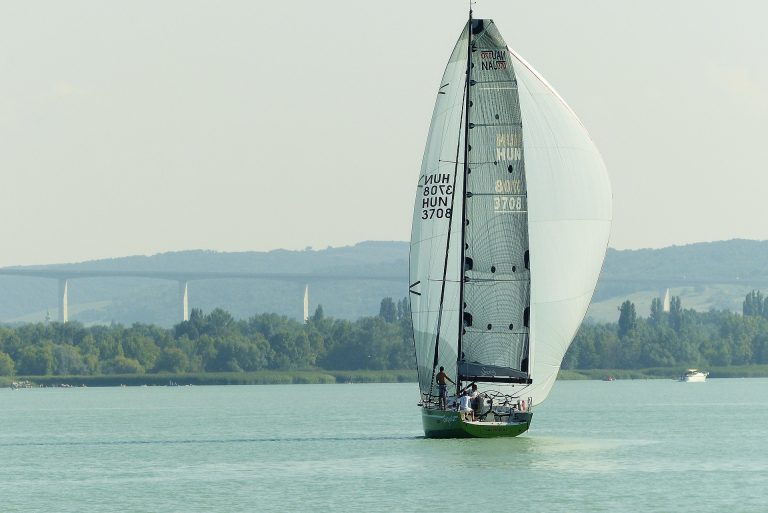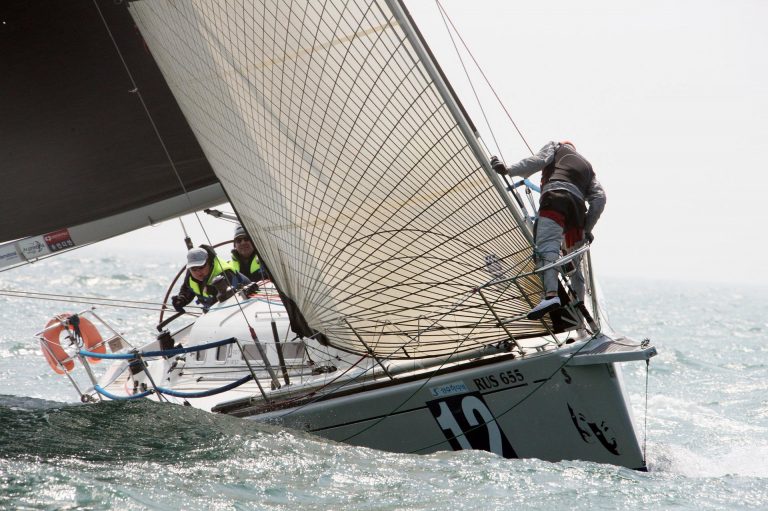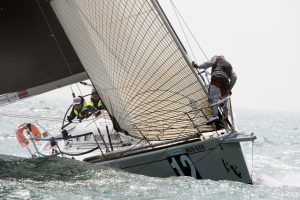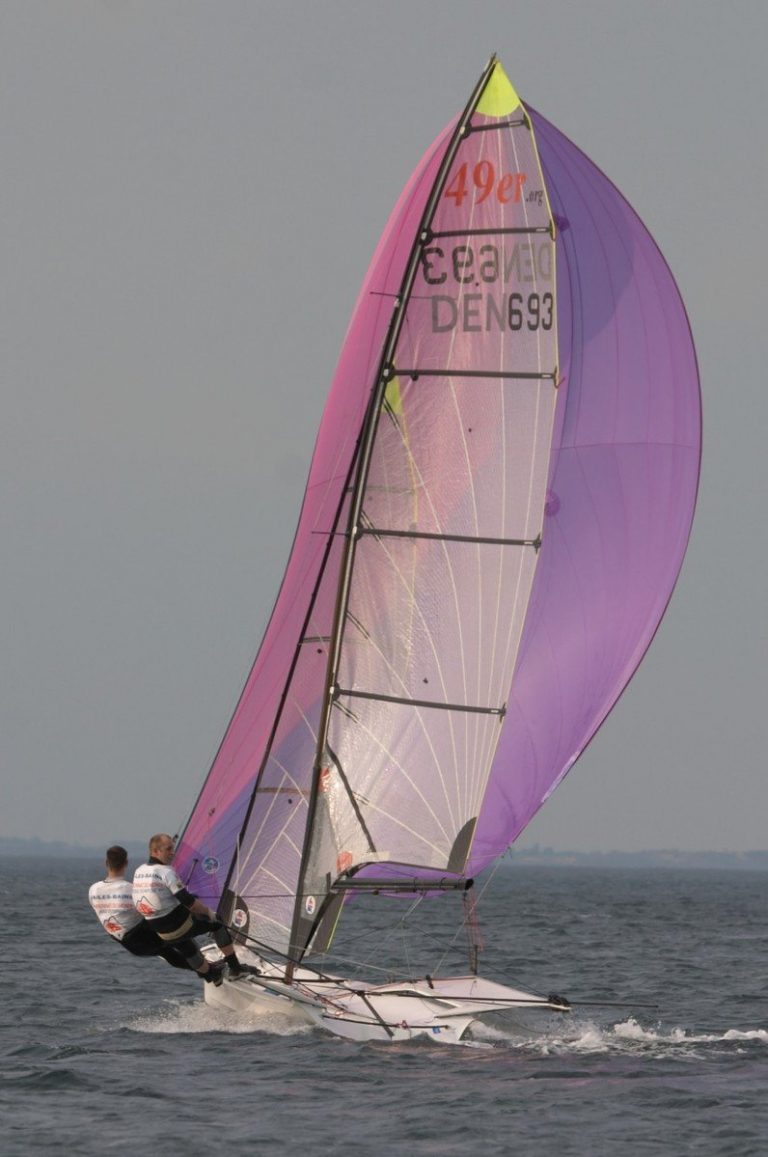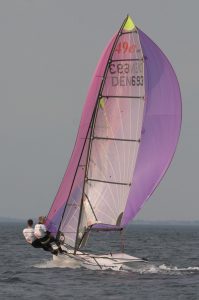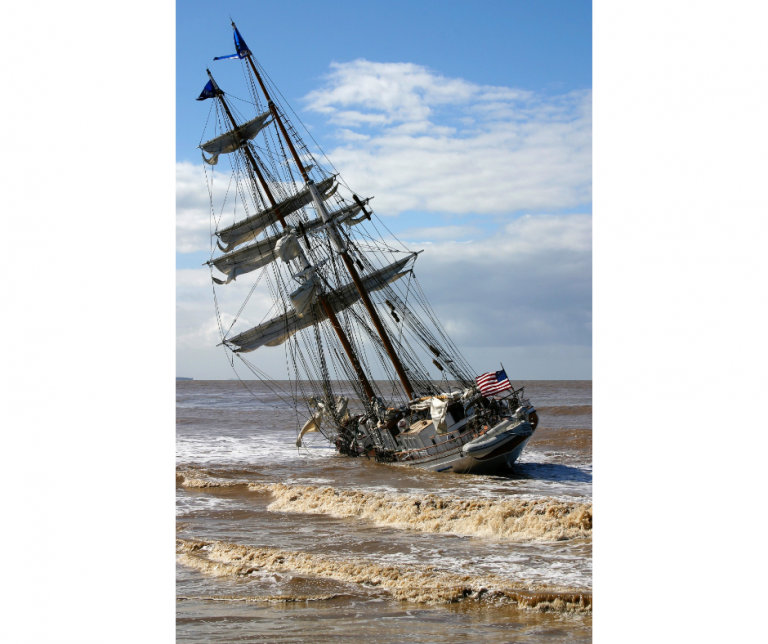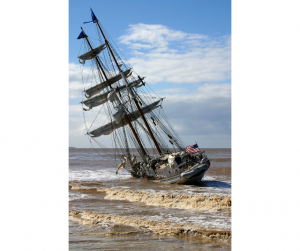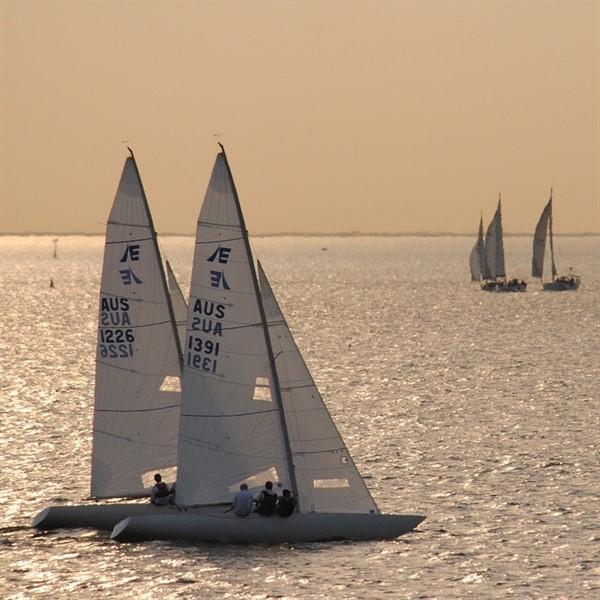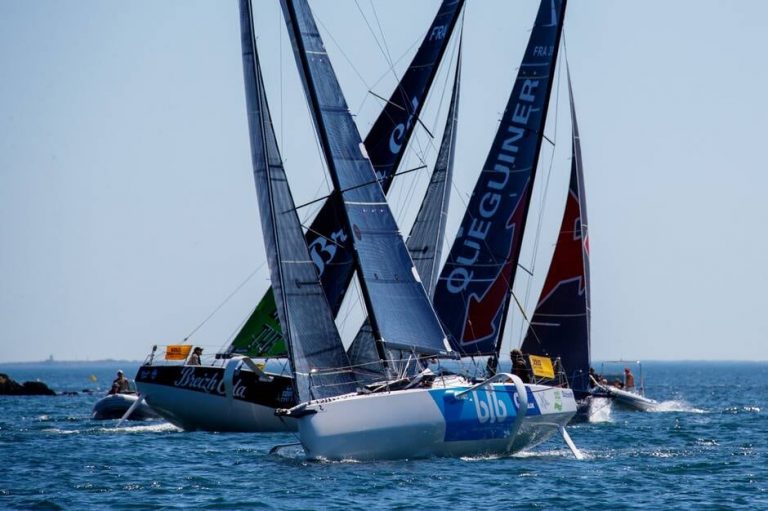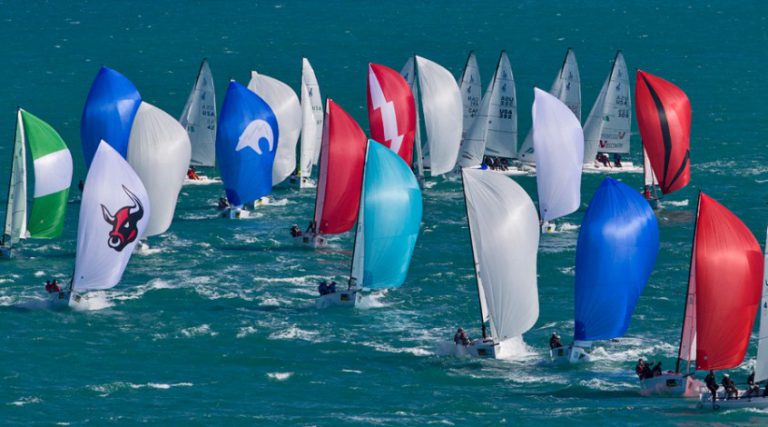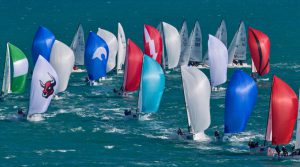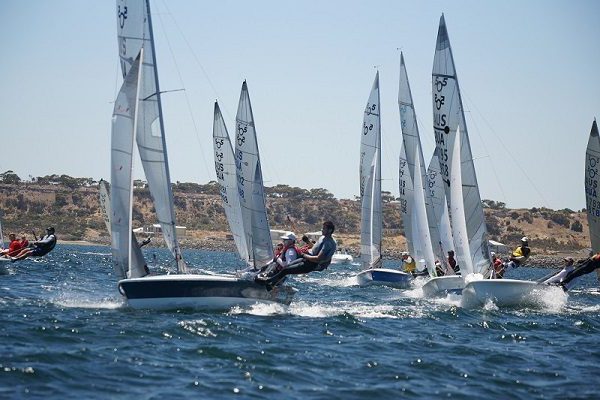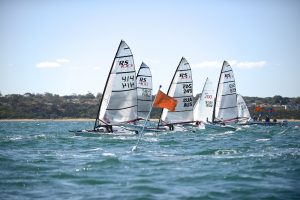
When you are suffering in certain conditions follow some of the tips below to troubleshoot your sailing.
Slow in waves or a chop:
In a chop or waves, your boat needs to be set up for power to push through the waves. Sails need to be fuller with a little more twist and steering should be less drastic. A degree or two further off the wind also assists with getting through the adverse conditions.
Other things to adjust depending on how your boat is set up or class allows is to straighten the mast which makes the mainsail deeper. Drop the traveller a little which gives you more drive and move your weight aft but most importantly, don’t pinch.
There needs to be constant action with the mainsheet trimming in and out depending on whether you are going up the wave or down the back.
Good pointing but Slow Boatspeed
A tight leech of the mainsail is probably the culprit, likewise, an over-sheeted jib may also be the cause. Another cause could be sails that are too full with a closed slot.
Things to check and remedy:
- Ease the main and jib and after easing the main, you may need to pull the traveller up a bit so that the bottom of the main keeps working to maintain pointing.
- Bend the mast to flatten the main which will open the slot. Pull on the Cunningham to move the main draft forward which also frees the leech.
- Pull on the outhaul which flattens the lower sections of the mainsail.
- Rake the mast a little and make sure that the mast is not bending sideways to leeward which also has the effect of closing the slot. More rig tension will remedy this.
- Check the centreboard to make sure that it is not down too far or raked too far forward.
- Move your jib leads outboard.
Poor Pointing but Great Boat Speed:
The reverse of what is outlined above. The sails probably have too much twist and a really good indicator of this is observing the top leech telltales on your mainsail. In flat water, it should stall 50-60% of the time and in waves and chop, stalling 40% of the time is acceptable.
Things to check and remedy:
- Check the mast to make sure that it is not overbending and straighten it by adding chocks or pulling down on the strut if you have one.
- Increase rig tension to straighten the jib luff if it is sagging too much.
- Make sure that you do not have too much sideways mast bend to weather. If you do change your spreader lengths and increase rig tension.
- If your centreboard is not all the way down, put it down.
- Move your Jib leads in board and ease the outhaul.
Upwind Low and Slow: Troubleshoot Your Sailing
When you have copped a double whammy of Low and Slow this is an indication that there are a number of things not right but it may just be as simple as weed or something else caught on your foils.
Is the slot gasket working properly or has it failed? Look around the boat and rig for anything else that may have broken or dislodged.
Is this a new occurrence and in the past in these conditions and against the same competitors, were you competitive? Make sure that all settings are the same as they were last time and if not reset and check again.
Is the issue the same on Port and Starboard tack? Systematically go through the boat and settings until you locate the cause of the problem.
Downwind Slows: Troubleshoot Your Sailing
If you find that you are getting beaten off the wind there are a number of things that you can do to improve your speed.
- Check that you are sitting far enough forward to get the large flat area at the back of the boat out of the water to reduce drag.
- In most conditions, keep the boat flat but in light air, even a small heel either to windward or leeward will reduce wetted area and reduce drag.
- If in doubt, let it out, ease sheets.
- Make sure that the vang and Cunningham are eased off the appropriate amount for the conditions.
- Have the rig raked forward but don’t overdo it, make sure the rake induced is relevant for the conditions.
- If running deep, pull your centreboard up to reduce drag.
- Constantly ease and trim the spinnaker as the heading changes and the wind speed increases and decreases.
